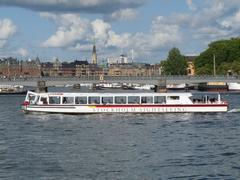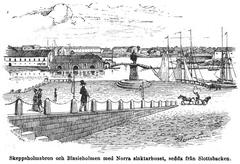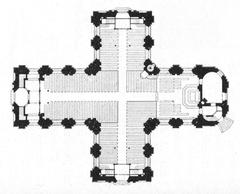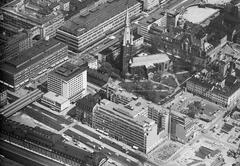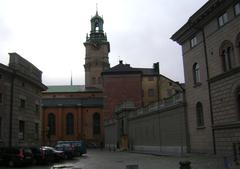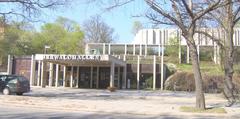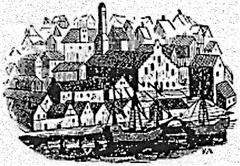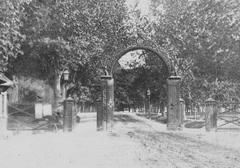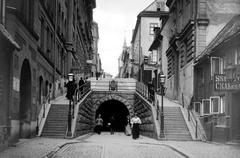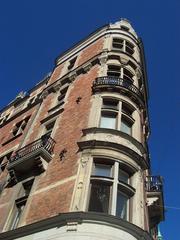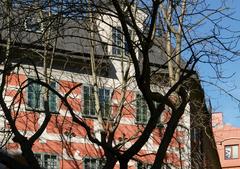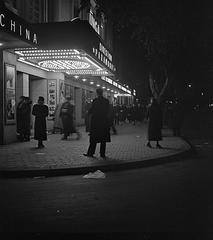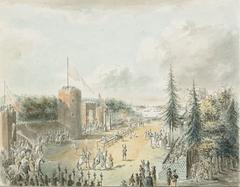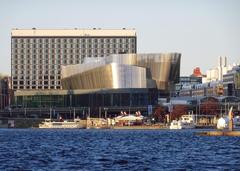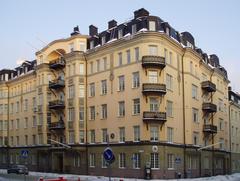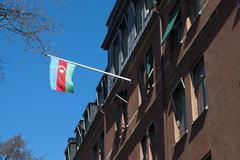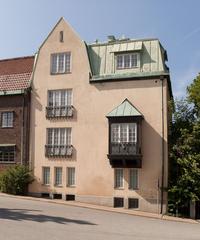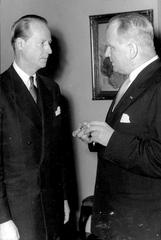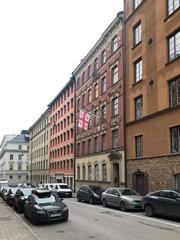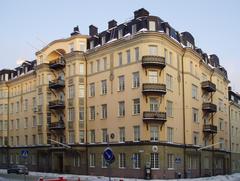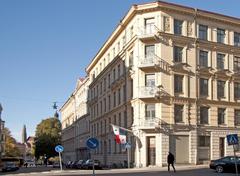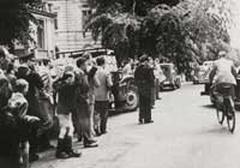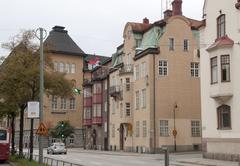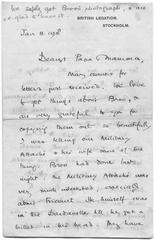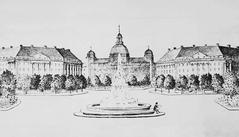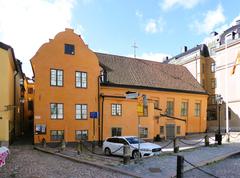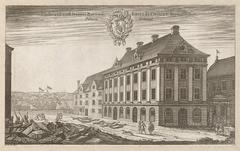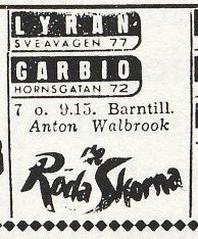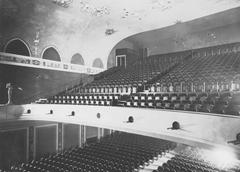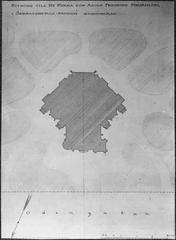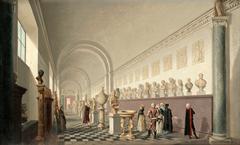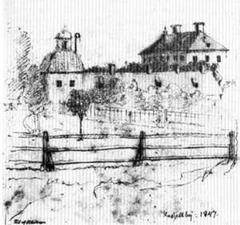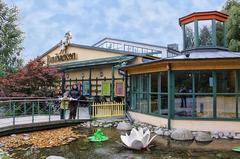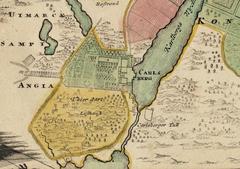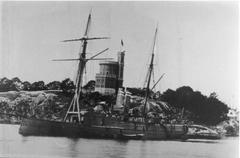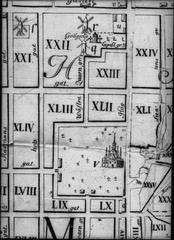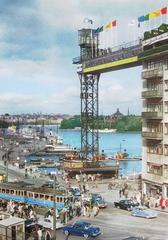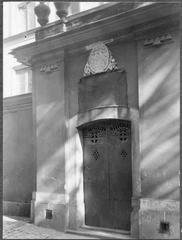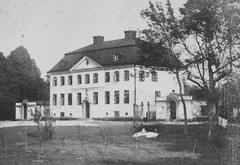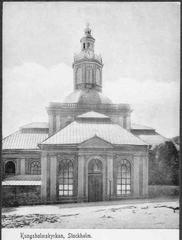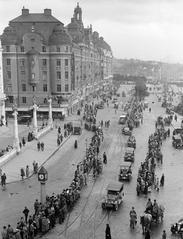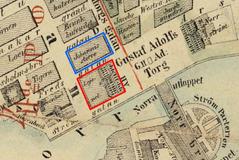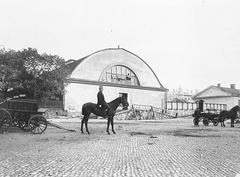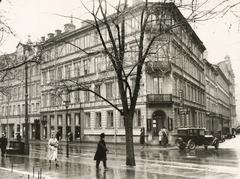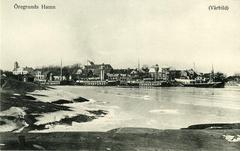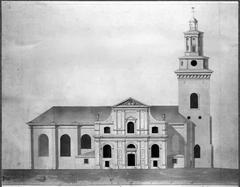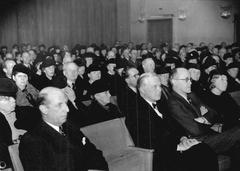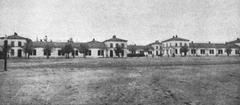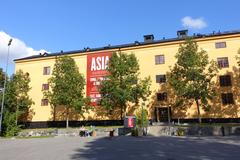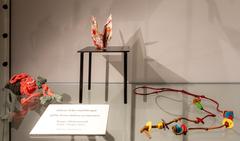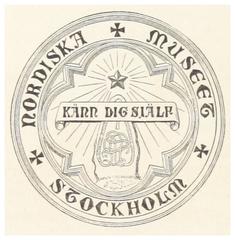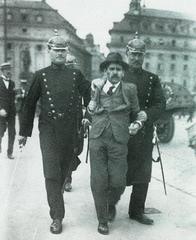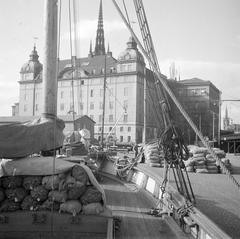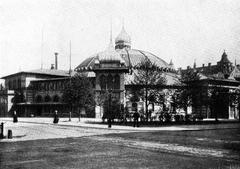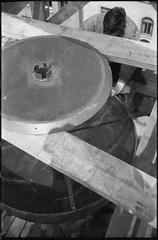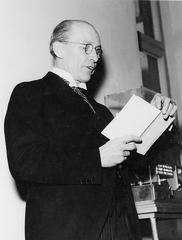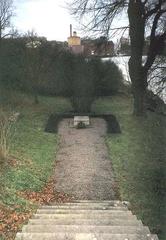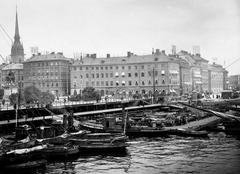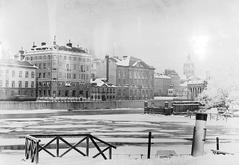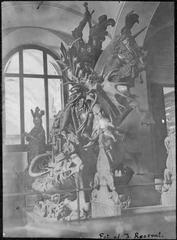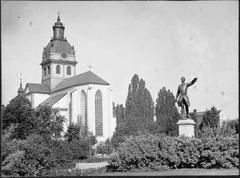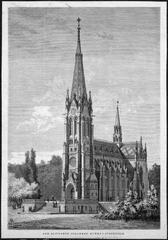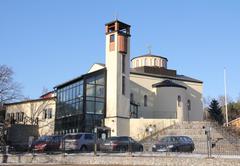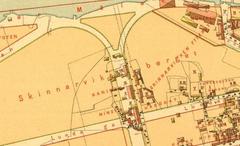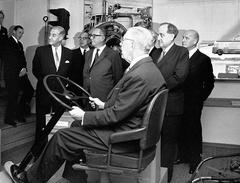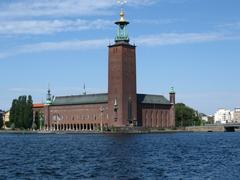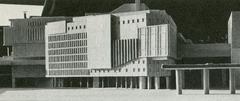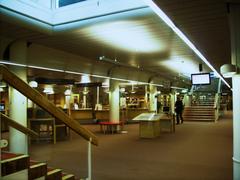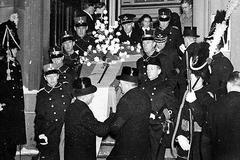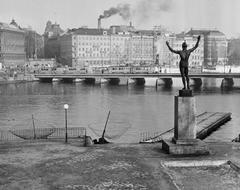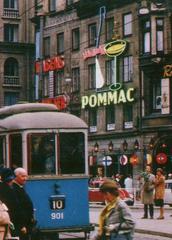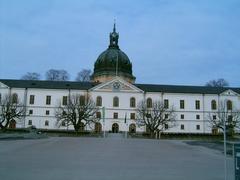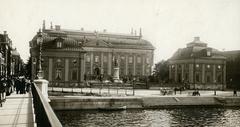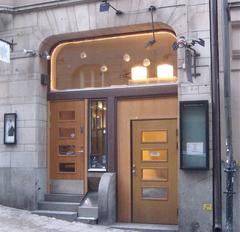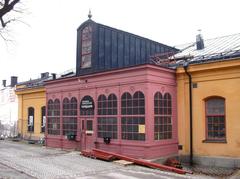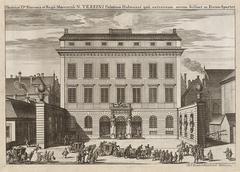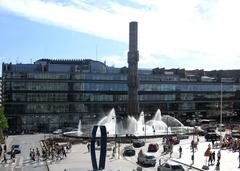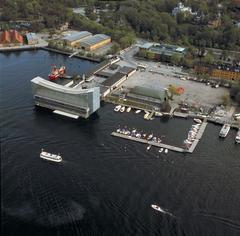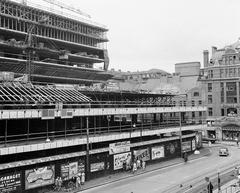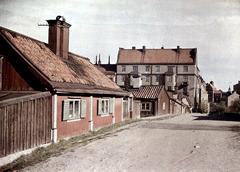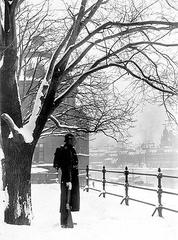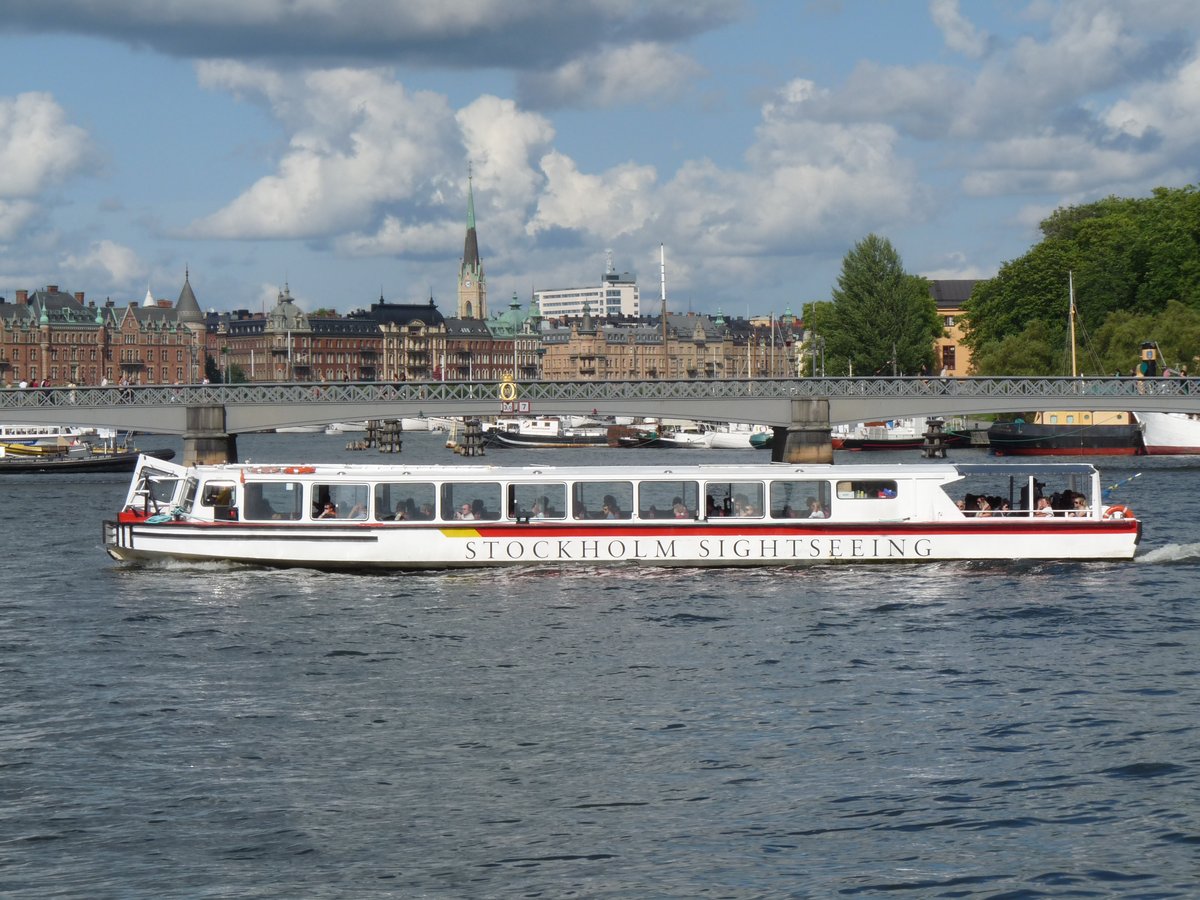
Visiting Hours, Tickets, and Tips for Skeppsholmsbron, Stockholm
Date: 19/07/2024
Introduction
Skeppsholmsbron, the iconic bridge connecting central Stockholm to the island of Skeppsholmen, stands as a monument of historical and architectural importance. Constructed in 1861 by the talented Swedish engineer Carl Fraenell, the bridge initially served a critical role in improving accessibility to Skeppsholmen, which was then an essential naval base. Over time, it evolved from a wooden structure to an iron bridge designed by Knut Lindmark, embodying the industrial advancements of the era (Stockholm City Archives) (Swedish National Heritage Board).
Today, Skeppsholmsbron is not just a functional infrastructure but a historic landmark that offers visitors a glimpse into Stockholm’s rich past. It is adorned with golden crowns, symbolizing Sweden’s royal heritage, and serves as a gateway to several cultural institutions on Skeppsholmen, including the Moderna Museet and the Swedish Centre for Architecture and Design. The bridge’s architectural beauty and its significant role in Stockholm’s urban development make it a must-visit destination for history enthusiasts, architecture buffs, and casual tourists alike (Moderna Museet) (ArkDes).
Table of Contents
- [Early Conception and Construction](#early-conception-and-constructionearly-conception-and-construction)
- [Transition to Iron](#transition-to-irontransition-to-iron)
- [20th Century Modifications](#20th-century-modifications20th-century-modifications)
- [Preservation Efforts](#preservation-effortspreservation-efforts)
- [Recent Developments](#recent-developmentsrecent-developments)
- [Visitor Information](#visitor-informationvisitor-information)
- [Travel Tips](#travel-tipstravel-tips)
- [Accessibility](#accessibilityaccessibility)
- [Cultural Significance](#cultural-significancecultural-significance)
- [FAQ](#faqfaq)
- [Future Prospects](#future-prospectsfuture-prospects)
- [Conclusion](#conclusionconclusion)
- [References](#referencesreferences)
Early Conception and Construction
Skeppsholmsbron, the bridge connecting the central part of Stockholm to the island of Skeppsholmen, has a rich history dating back to the 19th century. The initial idea for a bridge arose from the need to facilitate easier access to Skeppsholmen, which was an important naval base at the time. The construction of the bridge was part of a broader urban development plan aimed at modernizing Stockholm’s infrastructure.
Designed by the renowned Swedish engineer Carl Fraenell, construction began in 1861 and was completed in 1862. The original structure was a wooden bridge, which was quite common during that era. However, the wooden construction posed several challenges, including susceptibility to wear and tear and the risk of fire.
Transition to Iron
By the late 19th century, the limitations of the wooden bridge became increasingly apparent. In 1869, a decision was made to replace the wooden structure with a more durable iron bridge. The new design was spearheaded by the engineer Knut Lindmark, known for his expertise in metal constructions. The iron bridge was completed in 1869 and featured a more robust and enduring structure capable of withstanding the harsh Scandinavian weather conditions.
The iron bridge was not only a functional improvement but also an aesthetic one. It featured intricate ironwork and decorative elements that reflected the architectural trends of the time. The bridge quickly became a landmark in Stockholm, admired for its engineering and design.
20th Century Modifications
Throughout the 20th century, Skeppsholmsbron underwent several modifications to accommodate the changing needs of the city. In the early 1900s, the bridge was reinforced to support the increasing weight of vehicular traffic. This included the addition of steel beams and the replacement of some of the original iron components.
In the 1930s, the bridge was further modified to include pedestrian walkways, making it safer and more accessible for foot traffic. These modifications were part of a broader initiative to improve pedestrian infrastructure in Stockholm.
Preservation Efforts
By the mid-20th century, Skeppsholmsbron was showing signs of aging, and there were discussions about replacing it with a modern structure. However, the bridge’s historical significance and architectural value led to efforts to preserve it. In the 1970s, a comprehensive restoration project was undertaken to restore the bridge to its former glory.
The restoration project involved meticulous work to preserve the original ironwork and decorative elements. Modern materials were used to reinforce the structure, ensuring its longevity while maintaining its historical integrity. The project was completed in 1978, and Skeppsholmsbron was officially designated as a historical monument.
Recent Developments
In recent years, Skeppsholmsbron has continued to be an important part of Stockholm’s infrastructure. It serves as a vital link between the city center and Skeppsholmen, which is now home to several cultural institutions, including the Moderna Museet and the Swedish Museum of Architecture.
In 2019, a new lighting system was installed on the bridge, enhancing its aesthetic appeal and making it a prominent feature of Stockholm’s nighttime skyline. The lighting system was designed to highlight the bridge’s architectural details and create a visually striking effect.
Visitor Information
Skeppsholmsbron is accessible 24/7, and there is no admission fee to cross the bridge. However, for those interested in guided tours or special events, tickets can be purchased through various cultural institutions on Skeppsholmen. For updated visiting hours and ticket prices for these events, it is recommended to check the official websites of the Moderna Museet and other nearby attractions.
Travel Tips
- Best Time to Visit - The bridge is accessible year-round, but the best time to visit is during the summer months (June to August) when the weather is pleasant, and the surrounding areas are vibrant with activity.
- Public Transport - The nearest metro station is Kungsträdgården, from where you can take a short walk to the bridge.
- Nearby Attractions - Don’t miss visiting the Moderna Museet, the Swedish Museum of Architecture, and the beautiful Skeppsholmen Church.
Accessibility
Skeppsholmsbron is fully accessible for pedestrians, including those with mobility aids. The bridge also features designated pathways for cyclists.
Cultural Significance
Skeppsholmsbron is more than just a bridge; it is a symbol of Stockholm’s rich history and architectural heritage. It has been featured in numerous works of art and literature, and it continues to be a popular subject for photographers and tourists.
The bridge also plays a significant role in Stockholm’s cultural events. It is often used as a venue for public art installations and performances, adding to its cultural significance. In 2023, the bridge was the site of a large-scale art installation by the renowned Swedish artist Olafur Eliasson, which attracted thousands of visitors.
FAQ
- What are the visiting hours for Skeppsholmsbron? Skeppsholmsbron is open 24/7 for visitors.
- Are there guided tours available for Skeppsholmsbron? Yes, guided tours are available through various cultural institutions on Skeppsholmen.
- Is there an admission fee to visit Skeppsholmsbron? There is no admission fee to cross the bridge, but tickets may be required for special events and guided tours.
Future Prospects
Looking ahead, Skeppsholmsbron is expected to continue serving as a vital part of Stockholm’s infrastructure and cultural landscape. Plans are in place for ongoing maintenance and preservation efforts to ensure that the bridge remains in good condition for future generations.
There are also discussions about further enhancing the bridge’s role as a cultural venue. This includes potential collaborations with local artists and cultural institutions to host events and installations on the bridge.
Conclusion
Skeppsholmsbron stands as a testament to Stockholm’s rich history and architectural heritage. From its early days as a wooden bridge to its current status as a historical monument, the bridge has played a crucial role in the city’s development. Its preservation and continued use reflect the importance of maintaining historical structures while adapting to modern needs.
For more detailed information on the history and significance of Skeppsholmsbron, you can visit the Stockholm City Archives and the Swedish National Heritage Board.
References
- Discover the History and Visiting Info for Skeppsholmsbron in Stockholm, 2024, Anonymous Stockholm City Archives
- Discover the History and Visiting Info for Skeppsholmsbron in Stockholm, 2024, Anonymous Swedish National Heritage Board
- Exploring Skeppsholmsbron - Visiting Hours, History, and Tips for Your Trip to Stockholm, 2024, Anonymous Moderna Museet
- Exploring Skeppsholmsbron - Visiting Hours, History, and Tips for Your Trip to Stockholm, 2024, Anonymous ArkDes
- Ultimate Guide to Visiting Skeppsholmsbron in Stockholm - Tips, Tickets, and Attractions, 2024, Anonymous Stockholm Jazz Festival
- Ultimate Guide to Visiting Skeppsholmsbron in Stockholm - Tips, Tickets, and Attractions, 2024, Anonymous Svenska Turistföreningen
